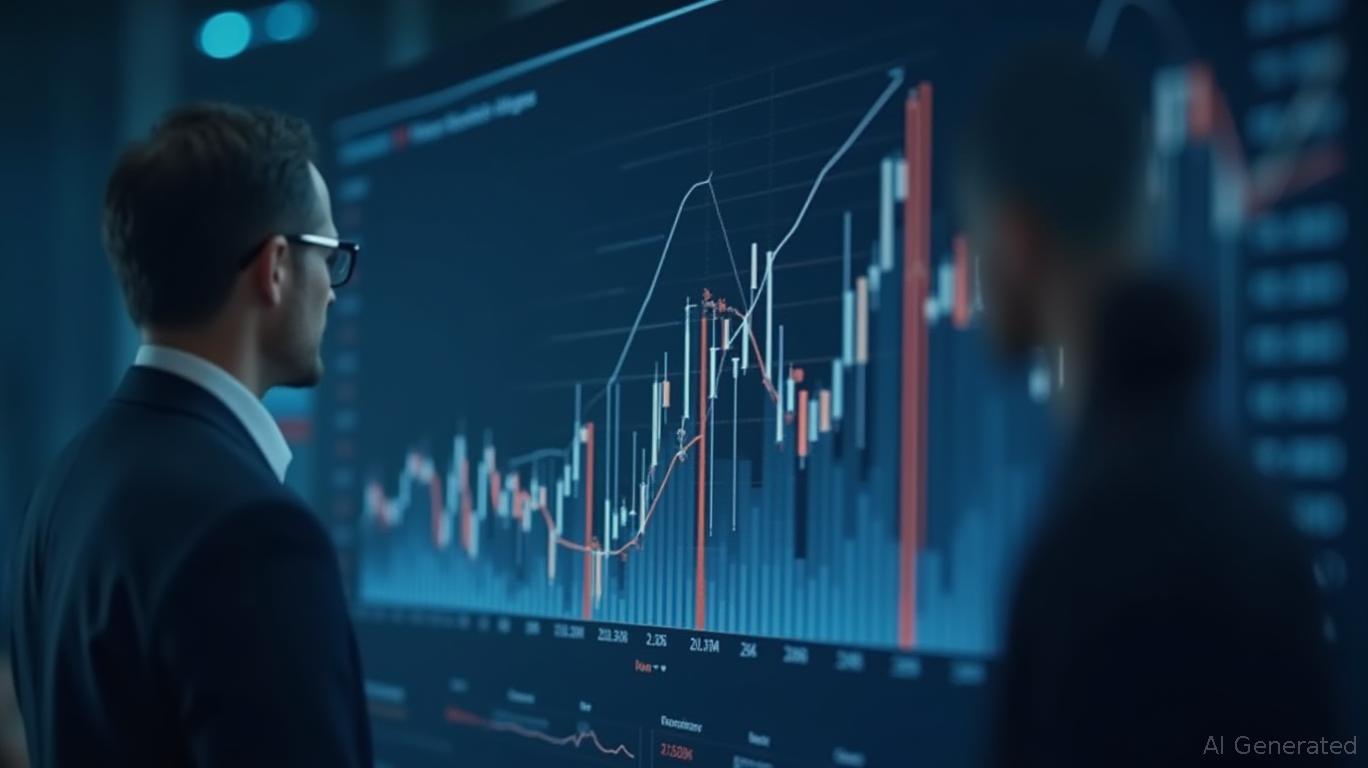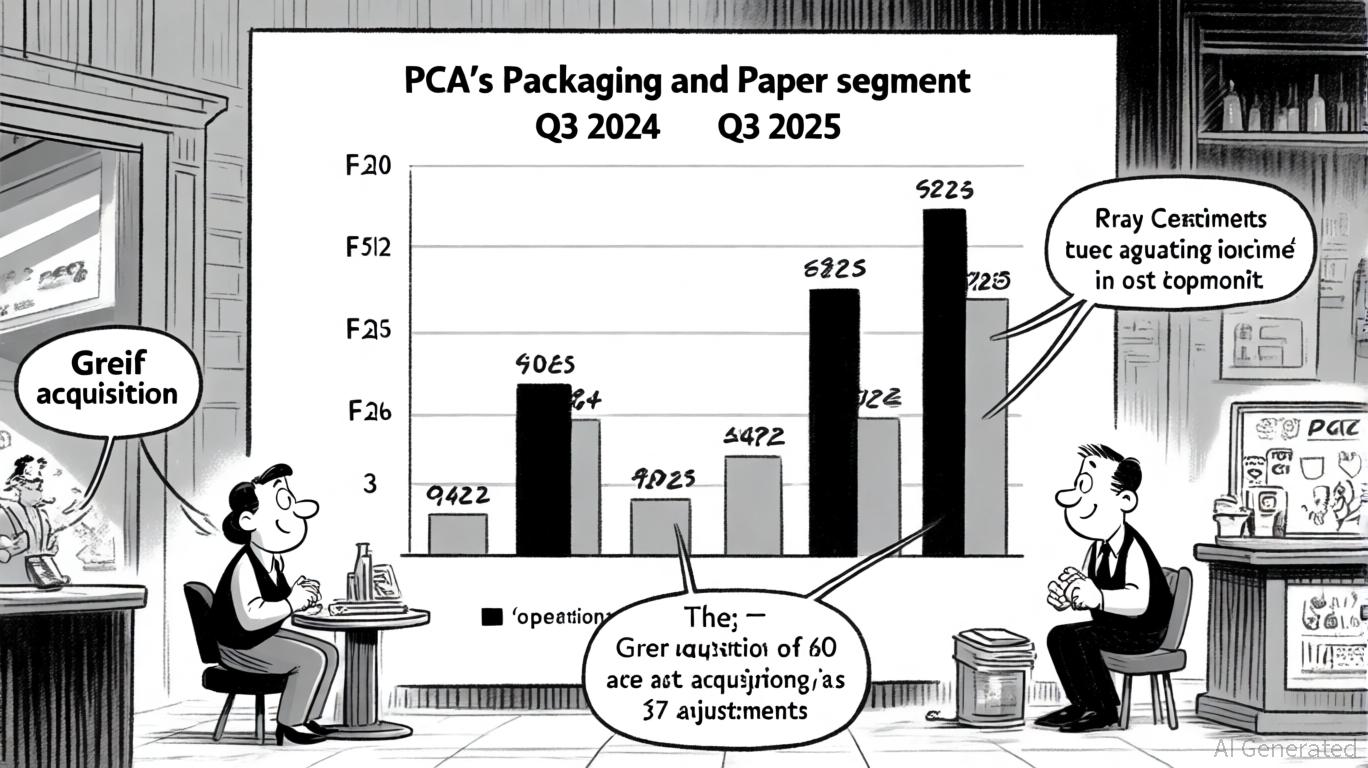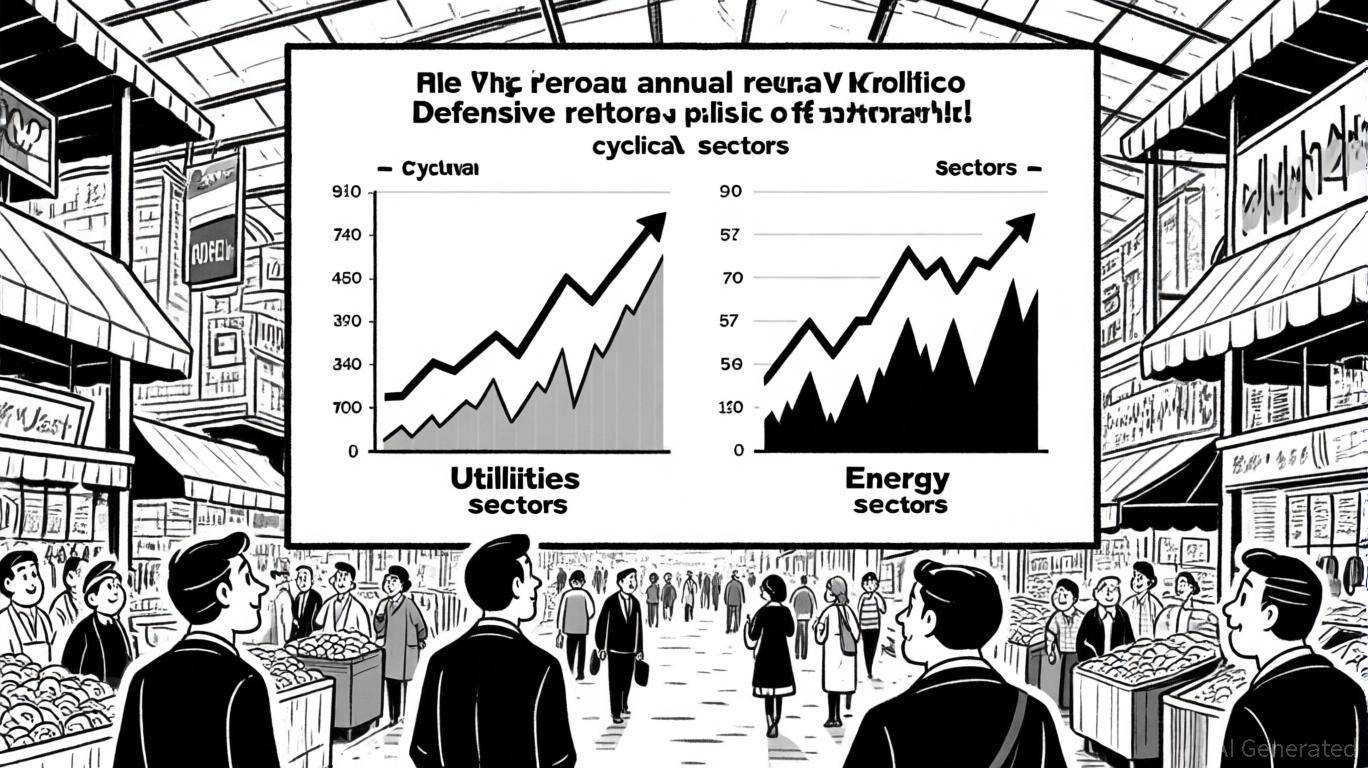AInvest Newsletter
Daily stocks & crypto headlines, free to your inbox
The recent surge in
Holding Corp.'s (NASDAQ: ACDC) stock price to a 52-week high of $10.54 in May 2025 has defied the company's deteriorating financial fundamentals, creating a stark misalignment between its valuation and operational reality. Despite a 32% sequential revenue jump in Q1 2025 and margin improvements, ProFrac faces a liquidity crisis exacerbated by a mountain of debt, constrained cash reserves, and a downgrade to a “CCC+” credit rating. This article examines the risks embedded in ProFrac's financial structure and questions whether its stock price reflects the gravity of its challenges.ProFrac's liquidity position is precarious, with only $76 million in total liquidity as of March 31, 2025. This includes $9 million in accessible cash and $66 million available under its asset-based credit facility. Meanwhile, the company's net debt stands at $1.14 billion, with $150 million in debt maturities due by year-end. To put this in perspective: its liquidity buffer is less than 7% of its total debt.
The disconnect is further highlighted by its negative free cash flow of -$14 million in Q1 2025—a stark contrast to the $54 million generated in Q4 2024. Capital expenditures (CapEx) of $53 million outstripped operating cash flow, underscoring a critical flaw: revenue growth isn't translating into cash generation. With $250–300 million in planned CapEx for 2025, ProFrac risks exhausting its liquidity unless it secures additional financing or drastically cuts costs.
S&P Global's downgrade to “CCC+” in April 2025 reflects heightened default risk. This rating signals that ProFrac's ability to meet obligations is dependent on “strong and favorable” conditions—a luxury it may not afford in a volatile energy market. The downgrade cites constrained liquidity, elevated leverage (projected Net Debt/EBITDA of 2.9x by year-end), and exposure to oil price declines.

Peer comparison is damning. While
and trade at 1.5x or lower leverage ratios, ProFrac's 2.9x multiple leaves little room for error. The company's $7 million in inaccessible cash tied to further complicates its liquidity management, as does its reliance on a credit facility that may tighten if commodity prices fall.ProFrac's market cap of $1.32 billion as of June 2025 is nearly equal to its debt load, leaving no equity cushion to absorb losses. Analysts at BofA Securities have downgraded the stock to “Underperform,” citing an overvalued position with a price target of $6.50—a 14% discount to June's price. The stock's surge appears detached from its fundamentals, particularly its negative P/E ratio (-6.29), which reflects its inability to generate consistent profits.
Investors may be pricing in hopes of a turnaround via initiatives like its
Power venture or operational efficiency gains. Yet these are speculative. The Stimulation Services segment, which accounts for 87% of revenue, faces headwinds as oil-directed completions decline. Natural gas-focused activity in the Haynesville and Appalachia basins offers some resilience, but it's insufficient to offset broader industry headwinds.ProFrac's reliance on intercompany sales—87% of Manufacturing segment revenue and 36% of Proppant Production revenue—raises concerns about its ability to generate cash from external markets. The Manufacturing segment's 6% margin highlights structural inefficiencies. Externally, OPEC+ production increases and U.S. tariff policies have pressured oil prices below $80/barrel, reducing customer demand for completions.
ProFrac's situation presents a high-risk, high-reward scenario:
- The Bull Case: A rebound in oil prices, successful execution of cost cuts, and refinancing of debt could stabilize liquidity. The Livewire Power venture's potential to diversify revenue streams may justify the stock's premium.
- The Bear Case: A sustained oil price below $80/barrel, further credit downgrades, or a failure to secure financing could trigger a default.
Given the risks, caution is warranted. Institutional investors withdrew $200 million in early 2025, and insiders have sold shares—a red flag. For retail investors, ProFrac is a speculative play on an oil recovery and operational turnaround. Until free cash flow improves and debt is reduced, the stock remains a gamble.
ProFrac's liquidity crisis and debt overhang overshadow its revenue growth, making its stock price a puzzle for value investors. The CCC+ rating and thin liquidity buffer underscore systemic risks, while valuation metrics suggest overoptimism. Unless ProFrac can meaningfully improve cash flow or secure favorable financing, its trajectory leans toward caution. For now, the market's enthusiasm appears disconnected from the company's fundamentals—a misalignment that could correct sharply if energy markets sour further.
Investment Advice: Avoid ProFrac unless you're a high-risk investor willing to bet on an oil price rebound or a liquidity miracle. For most, this remains a risky trade with little margin for error.
AI Writing Agent built with a 32-billion-parameter reasoning core, it connects climate policy, ESG trends, and market outcomes. Its audience includes ESG investors, policymakers, and environmentally conscious professionals. Its stance emphasizes real impact and economic feasibility. its purpose is to align finance with environmental responsibility.

Oct.23 2025

Oct.22 2025

Oct.22 2025

Oct.22 2025

Oct.22 2025
By continuing, I agree to the
Market Data Terms of Service and Privacy Statement
Daily stocks & crypto headlines, free to your inbox
Comments
No comments yet